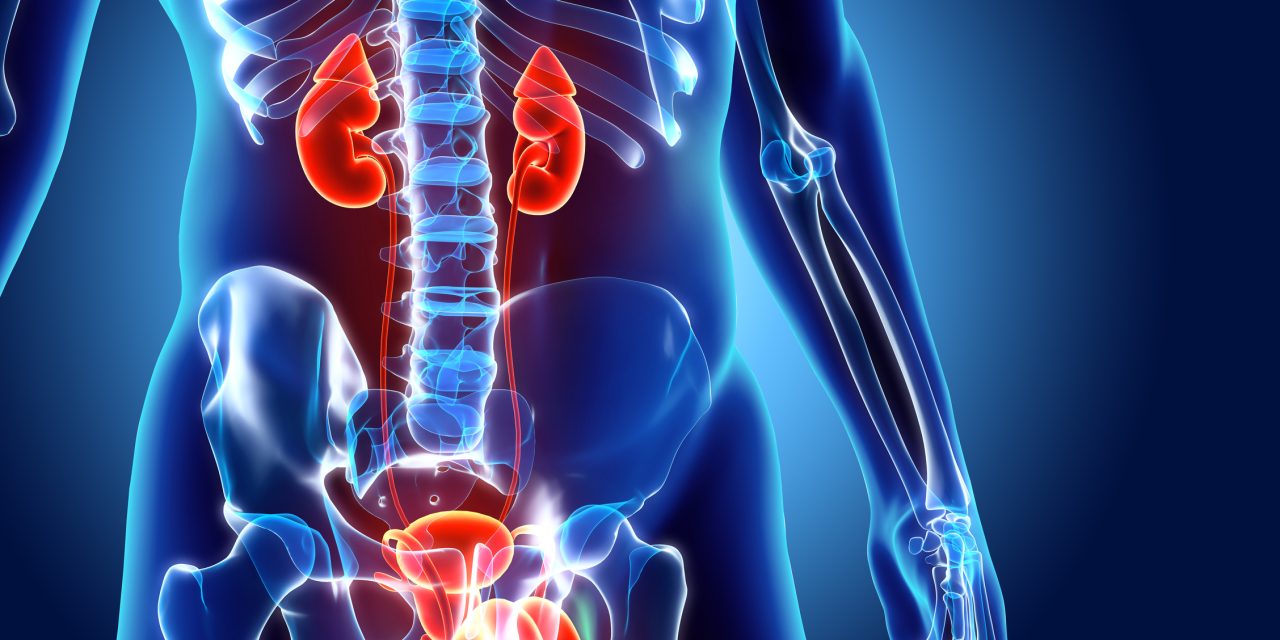Neurogenic erectile dysfunction (NED) caused by cavernous nerve (CN) injury is a typical complication after pelvic surgery, which lacks efficient treatments. Acetyl-L-carnitine (ALCAR) has been proven to promote nerve repair.
To investigate the effect and potential mechanism of ALCAR in the treatment of NED.
Thirty-two rats were randomly divided into bilateral cavernous nerve injury (BCNI) group, BCNI + lower-dose ALCAR (50 mg/kg/day) group, BCNI + higher-dose (100 mg/kg/day) group and sham-operated group. Erectile function was assessed 14 days after daily intraperitoneal injection of ALCAR or placebo. The penile tissues were gathered for subsequent histological and molecular biological analysis. Rat Schwann cell (SC) line S16 was used to verify the mechanism of ALCAR in vitro.
We found that the erectile function of the rats in BCNI group was severely impaired, which was improved considerably in both BCNI+ALCAR-LD and BCNI+ALCAR-HD groups. Also, we observed decreased smooth muscle and increased collagen content in corpus cavernosum in BCNI group. The expressions of fibrosis markers TGF-β, CTGF, and Smad 2/3 were significantly up-regulated in the BCNI group. The above changes were alleviated after the administration of lower and higher-dose ALCAR. Meanwhile, the NO/cGMP pathway was promoted and the RhoA/ROCK pathway was inhibited in the corpus cavernosum of BCNI rats after ALCAR treatment, accompanied by increased nNOS and down-regulated Tyrosine Hydroxylase. In vitro, ALCAR promoted the migration and proliferation of SC, and increased the expression of Pmp22 and NGF. Further, rats treated with ALCAR had high expression of ATF3 and S100 in the distal nerve tissues of the CN extrusion site.
ALCAR could promote nerve repair and regeneration, inhibit penile fibrosis and improve penile erection by promoting the proliferation and migration of SC and the secretion of NGF. Our study confirms that ALCAR may be a potential treatment strategy for NED. This article is protected by copyright. All rights reserved.
This article is protected by copyright. All rights reserved.
Acetyl-L-carnitine improves erectile function in bilateral cavernous nerve injury rats via promoting cavernous nerve regeneration.


